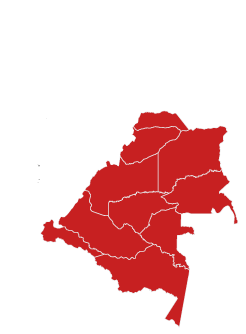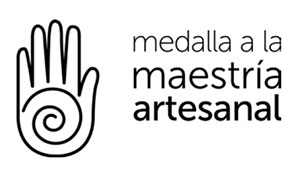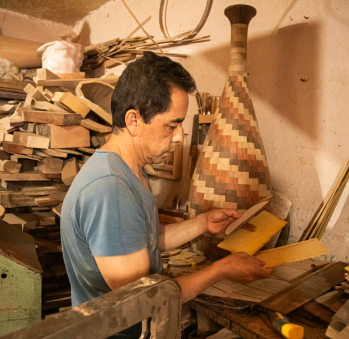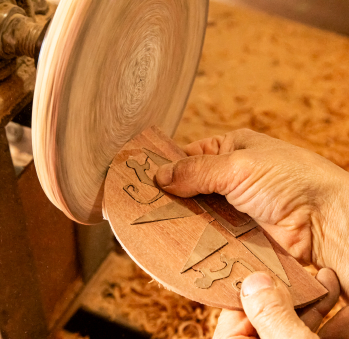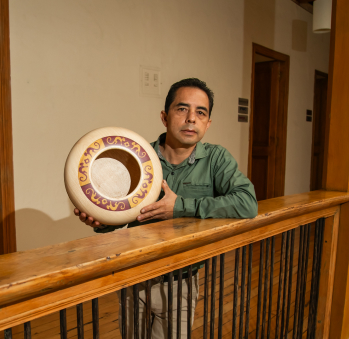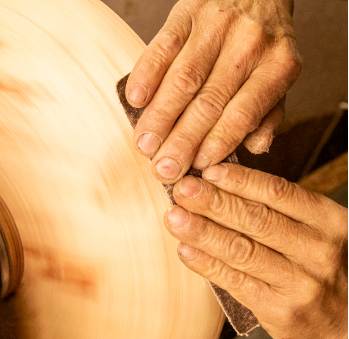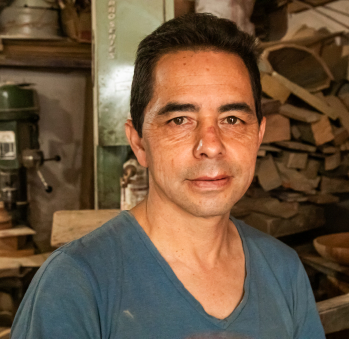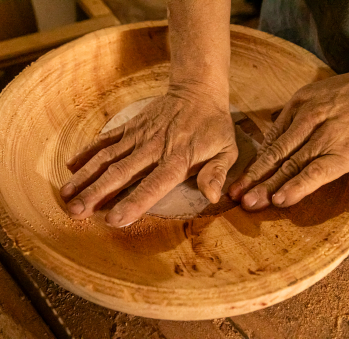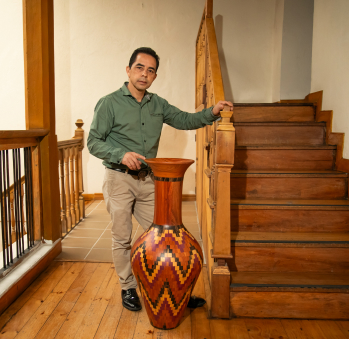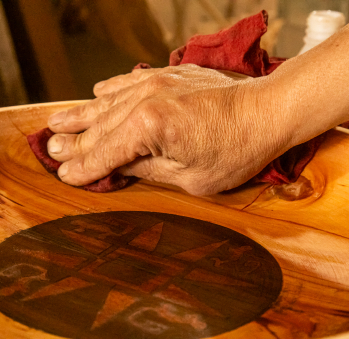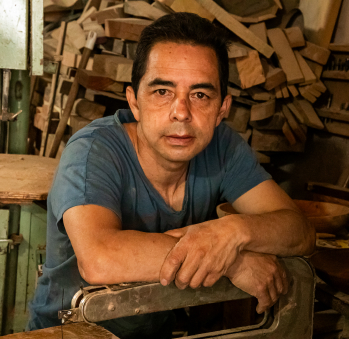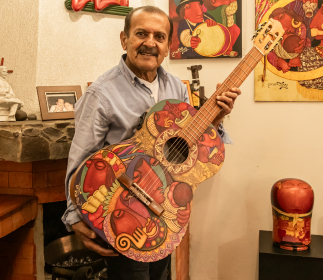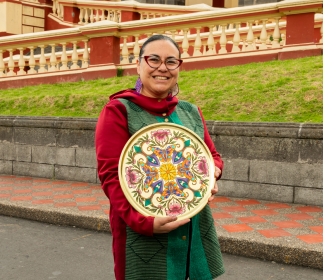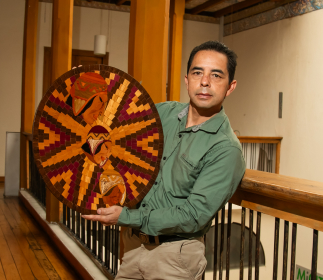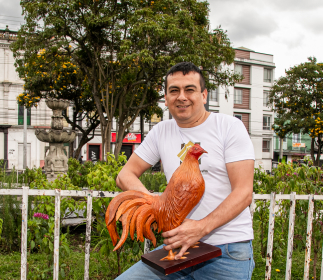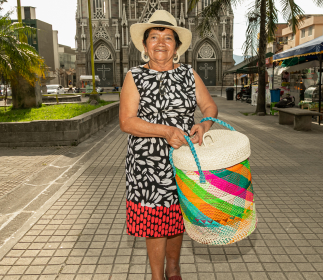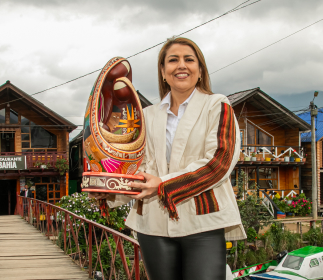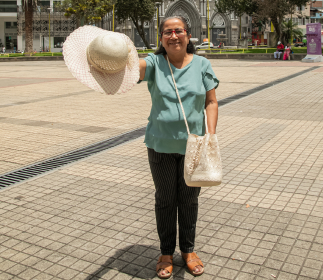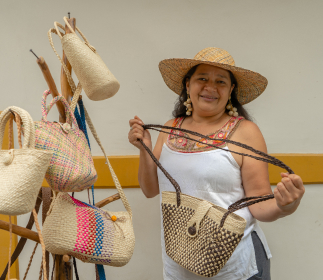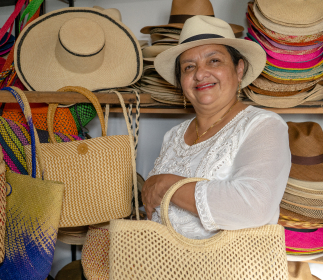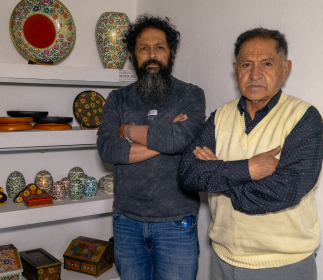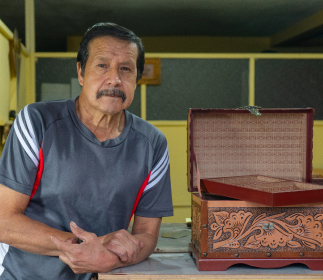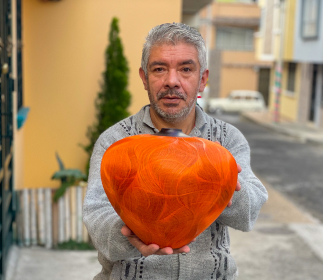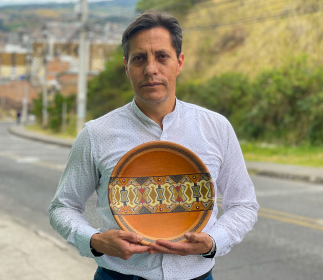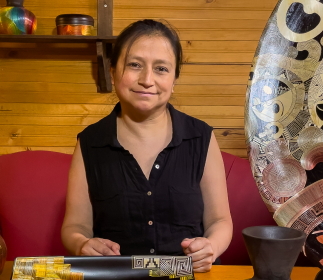Edwing Armando Ortega
If in the discipline of marquetry pieces are joined together to form a design, the practice of Master Edwing Ortega is a mirror of the spirit of the craft, as it has been based on the assembly of knowledge to create the beautiful and complex whole that are his pieces. The tradition of marquetry technique, whose name in Arabic means “to inlay”, dates back to the Middle East and Asia, where pieces of wood, ivory, mother-of-pearl, tortoiseshell, bone, and metals have traditionally been inset on a wooden base to draw detailed patterns.
The master’s beginnings in the lathe, a technique he empirically learned at the age of 13, would serve as the basis for his subsequent practice, just as wooden pieces have served as the basis for marquetry artisans for centuries. After a few years dedicated to turning pine and urapán to make blank bases, he found marquetry, the piece he was missing to find his identity as a craftsman. He recalls already having felt the impulse to stand out in a medium where carvers and turners are rarely recognized by name, whose work is the surface used by varnishers and veneerers in chaff. It turned out that starting from his own lathed pieces, he found a way to make them stand out, curiously, by covering them with the same material that has accompanied him since he was young: wood.
With sheer determination, he found the best way to fit an artisanal practice of such distant origins into his Nariño context by using it to draw the symbols that have accompanied and guided his ancestors for centuries, the sun and monkeys, the faces of his Pastos and Quillacinga people. And we cannot leave behind his material, because another way in which the master managed to root his craft in these new lands was through the careful treatment he gave to his woods. He has managed to gather the colors and grains of woods from the breadth and length of the country, which he exchanges with fellow craftsmen he meets at fairs, and the exported woods he obtains from his luthier friends.
The pieces of Edwing Ortega, well-deserving of the Medal for Contemporary Mastery in 2012, are a perfectly assembled showcase of the country’s wood richness. With careful dedication and with the support of his wife Ruthmary Suarez and his brother Fabián Andrés in the workshop, they create immense plates and vases in which they interpose the green of the Nariño pandala, the red of the Amazon bloodwood, the purple of the Antioquian and Choco Nazarene, the coppery of the Atlantic coast’s colorado, and the browns of walnut, oak, granadillo, and ají pine, with the deep black of ebony and the brown of imported jacaranda.
It has taken the master more than twenty years to perfect the technique to precisely fit the puzzle of his designs. He speaks of time as the only one who has taught him how to make precise cuts, use the right adhesives and sealants, and find the artisanal identity he longed for. Time, moreover, will dictate for how long will he be able to use woods like nazarene or granadillo, increasingly scarce and protected from exploitation, but it will also let him know when his efforts and those of his colleagues to reforest and sustain their material will bear fruit.
Craft
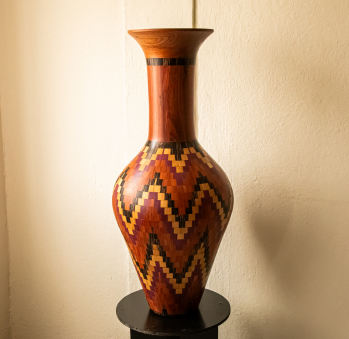
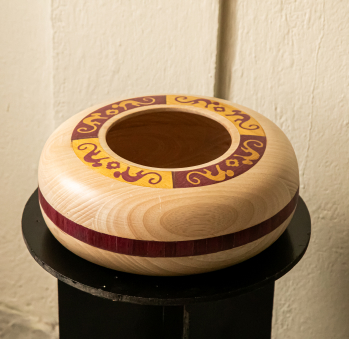
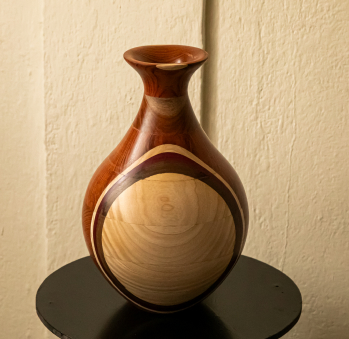
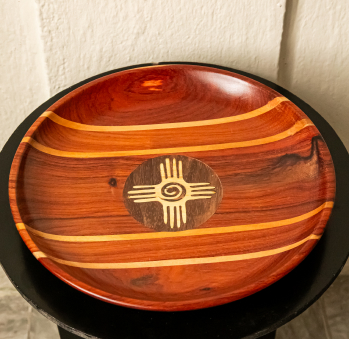
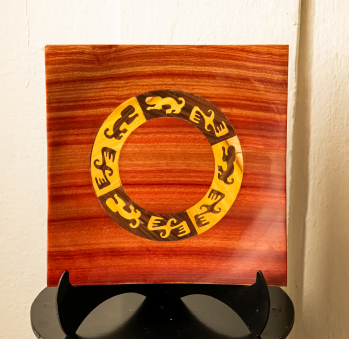
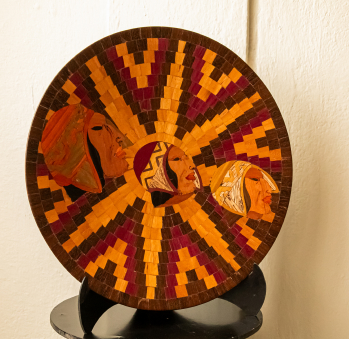
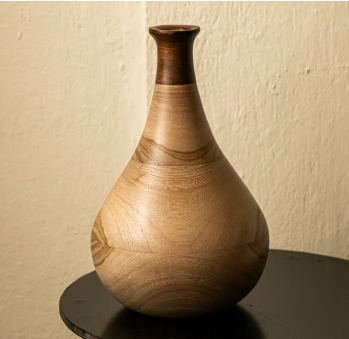
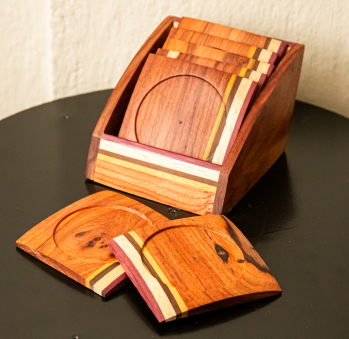
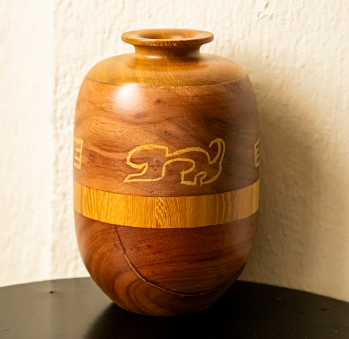
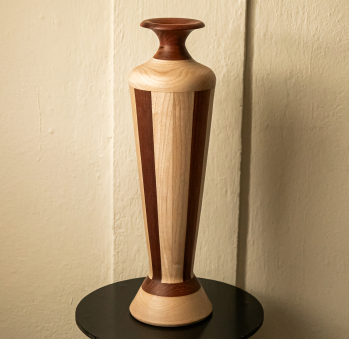










Artisans along the way
Artisans along the way
No puede copiar contenido de esta página

